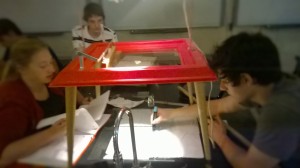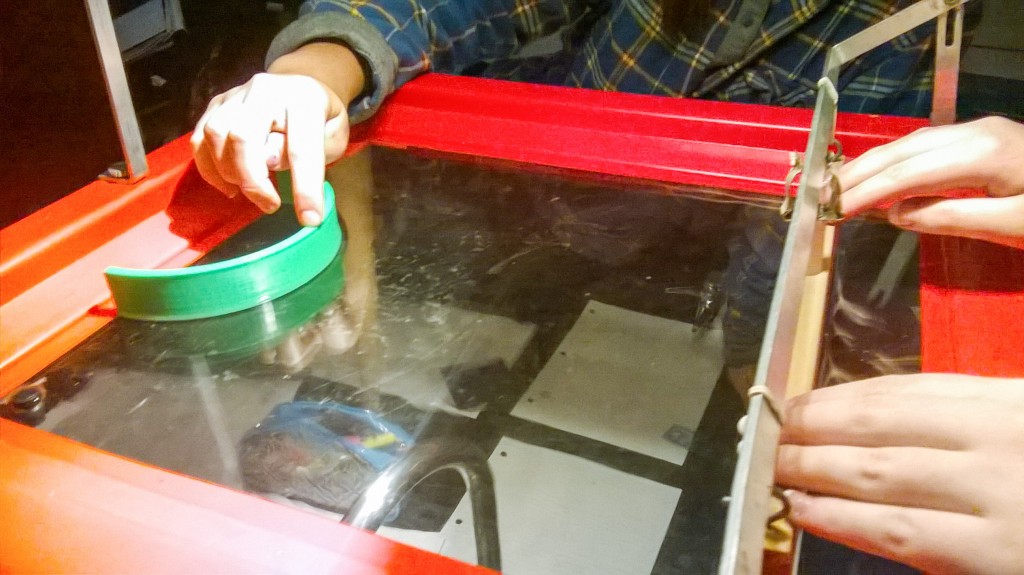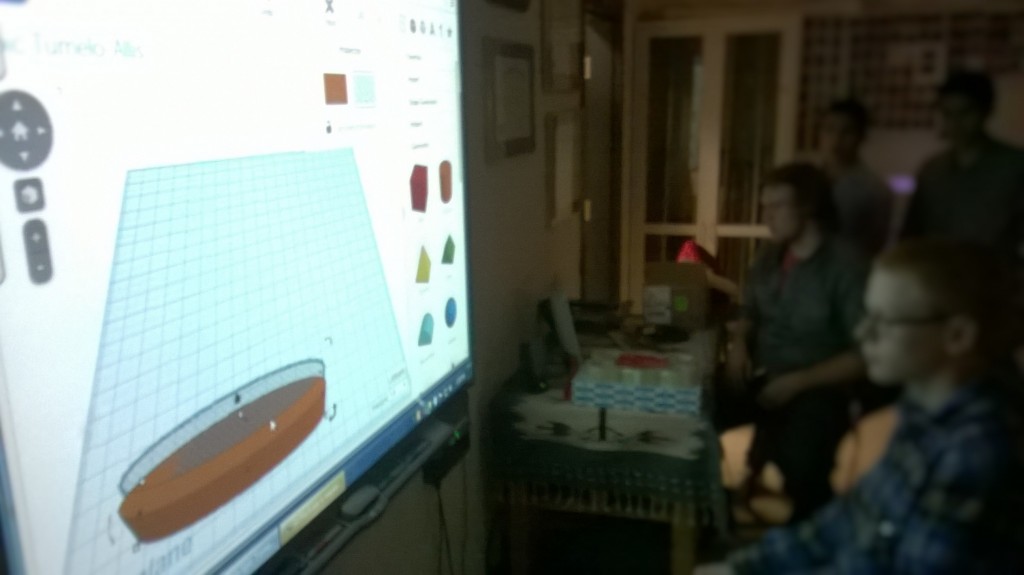My physics students have always been encouraged to investigate mysteries. 3D printing brings a new dimension to creativity and mystery investigation.
When I was a student and did the Wave Table Labs, I was given a very specific and detailed procedure designed to get students to the physics learning quickly and efficiently. However, it did not give me a chance to explore or create. We were little robots learning what was also written in the text book. The advantage was that it was quick, easy to test and we could get many more chapters done.
As a teacher, I gave my students an opportunity to be creative. Their groups were given vague instructions such as, “Discover something about how waves reflect. You will need to collect some data and include a graph in your report”. Students would often bring some things from home such as Lego to build walls. Every year they demonstrate creativity in the way they measure amplitudes or create computer programs to track waves in a video. They were always limited in the kinds of barriers they could have. This style of teaching takes much more time, so we cannot cover as many chapters and the grading scheme is based around experimental design rather than a particular law or piece of knowledge.
This year, a new level of creativity and problem solving became possible. Now students are having the next level of conversations. “What would happen if we had a barrier that looked like this? I wonder if the energy would be focused if we had a wall like …?” In the past, that was the end of the conversation. But now, students are taking extra time to learn Tinker CAD, design their own barriers and then using them in the next iteration of their labs.
The design process of the new barriers became a whole new group activity where individual creativity became a group discussion. Although they gathered around the SMARTBoard so that they could work together, the person at the keyboard and mouse operated the software. The SMARTboard and Tinker CAD were not that compatible for direct interfacing with the software.
The 3D printer gives students a quick chance enact their creativity and grow their brains.




